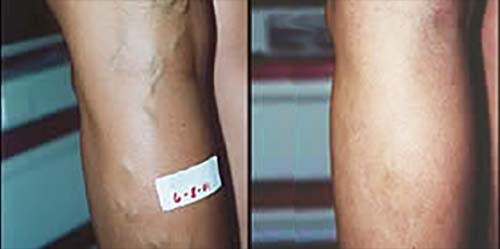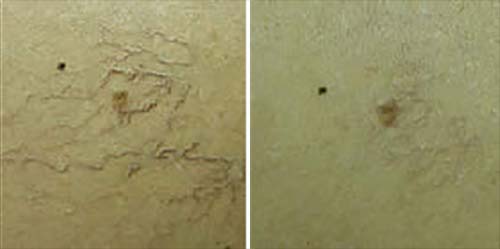Venous Ulcers
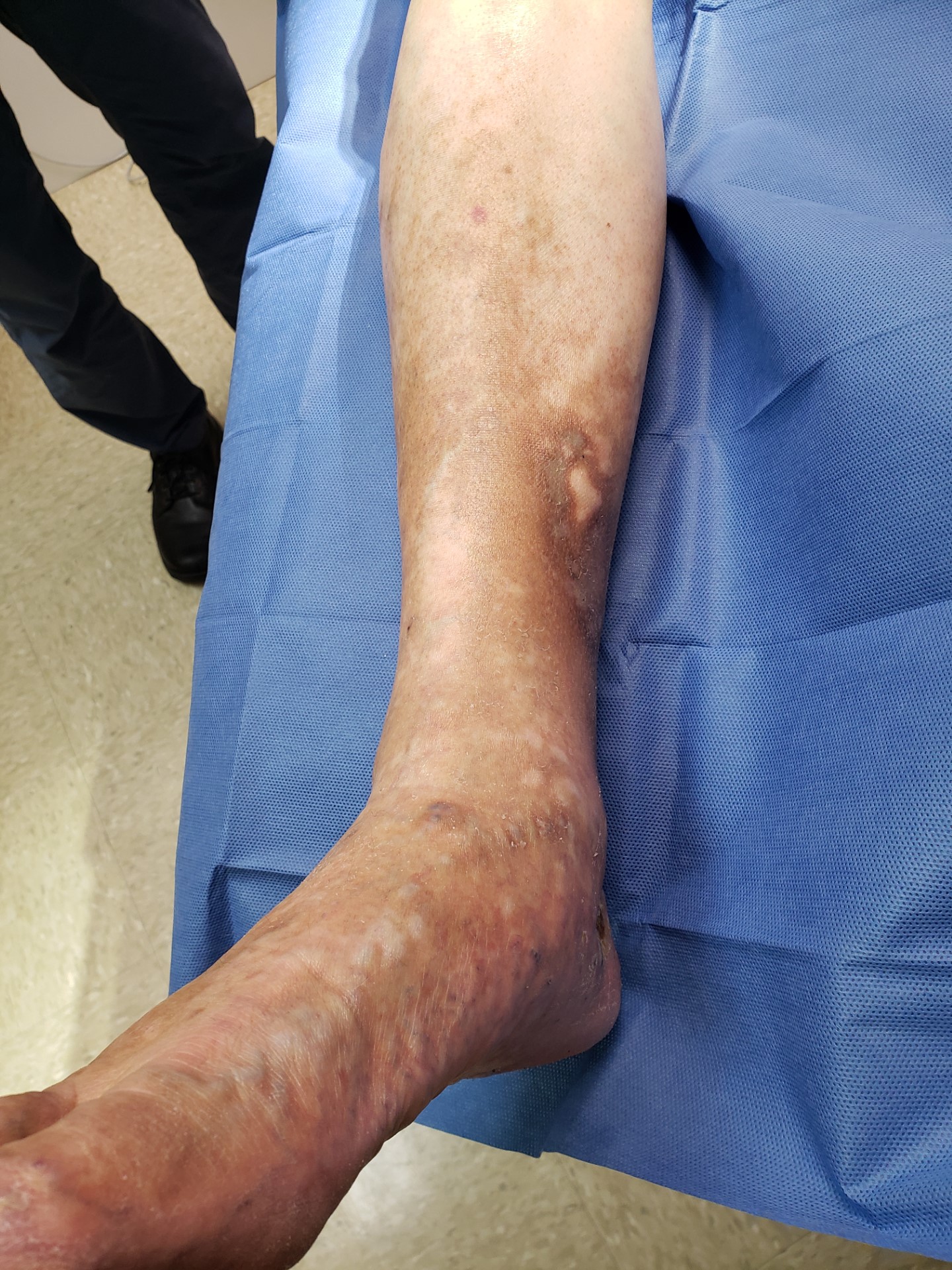
Venous Ulcers & Stasis Dermatitis Before Treatment
Venous ulcers (open sores) can occur when the veins in your legs do not push blood back up to your heart as well as they should. This is called chronic venous insufficiency or reflux. Blood backs up in the veins, building up pressure. If not treated, increased pressure and excess fluid in the affected area can cause an open sore to form. Most venous ulcers occur on the leg, above the ankle. This type of wound can be slow to heal.
Causes of Venous Ulcers
The cause of venous ulcers is high pressure in the veins of the lower leg. The veins have one-way valves that keep blood flowing up toward your heart. When these valves become weak or the veins become scarred and blocked, blood can flow backward and pool in your legs. This is called venous insufficiency. This leads to high pressure in the lower leg veins. The increase in pressure and buildup of fluid prevents nutrients and oxygen from getting to tissues. The lack of nutrients causes cells to die, damaging the tissue, and a wound can form.
Signs & Symptoms
When blood pools in the veins of the lower leg, fluid and blood cells leak out into the skin and other tissues. This can cause discolored, itchy, thin skin and lead to skin changes called stasis dermatitis. This is an early sign of venous insufficiency. If this process goes unchecked, then skin will eventually break down and form an ulcer.
Wound Care/Treatment
In addition to local wound care and compression therapy, laser and injection treatment of dysfunctional veins will help speed up wound healing by rerouting blood through health veins and improve delivery of oxygen and nutrients to the wound bed.
Images in this section are of a patient with persistent venous ulcers and irritated skin (stasis dermatitis) of the right leg despite using compression and wound care. Dr Nightingale used minimally invasive techniques to close off problem veins (venous ablation), along with foam sclerotherapy, to address the issue.
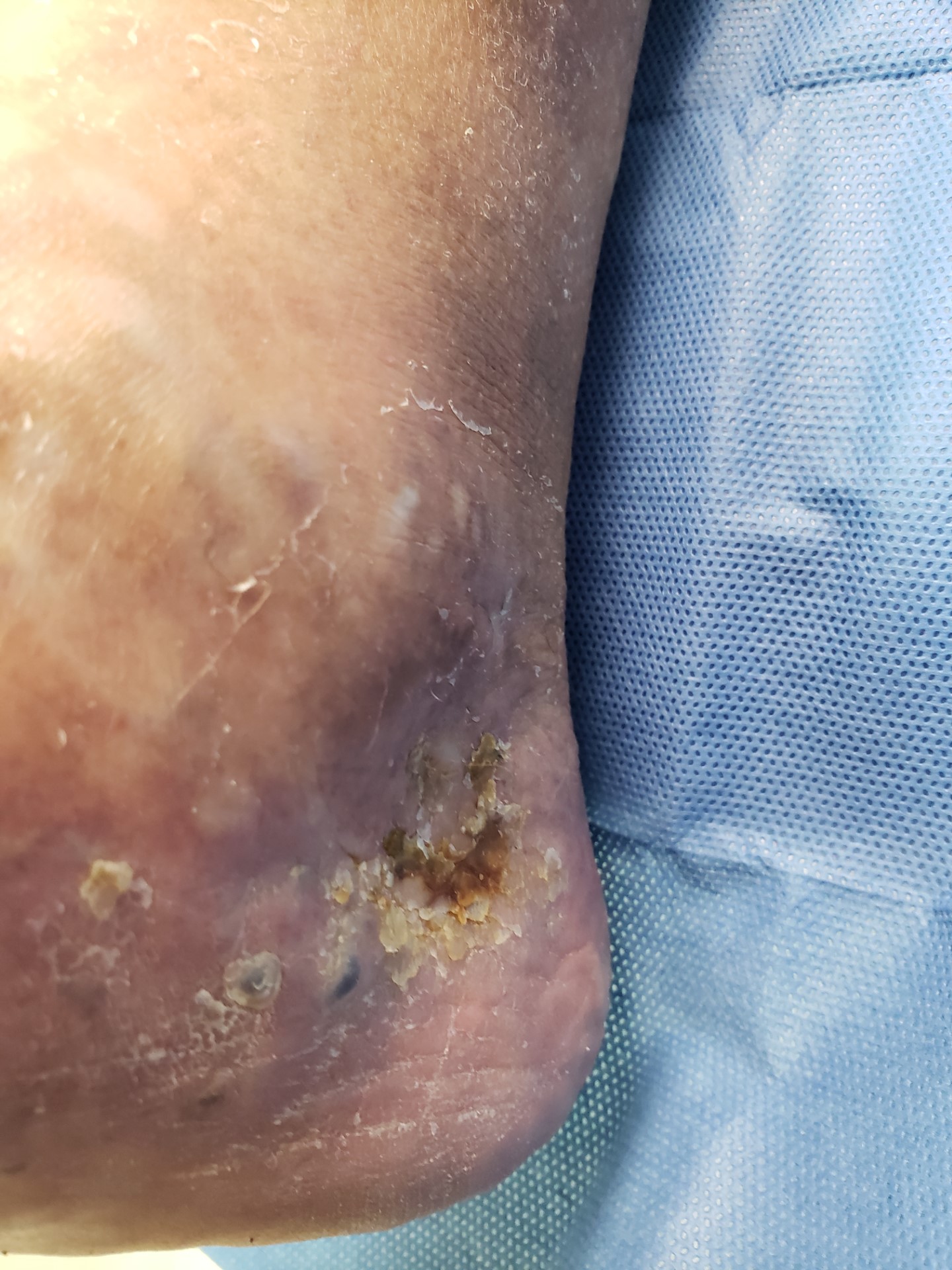
Venous Ulcers & Stasis Dermatitis Before Treatment
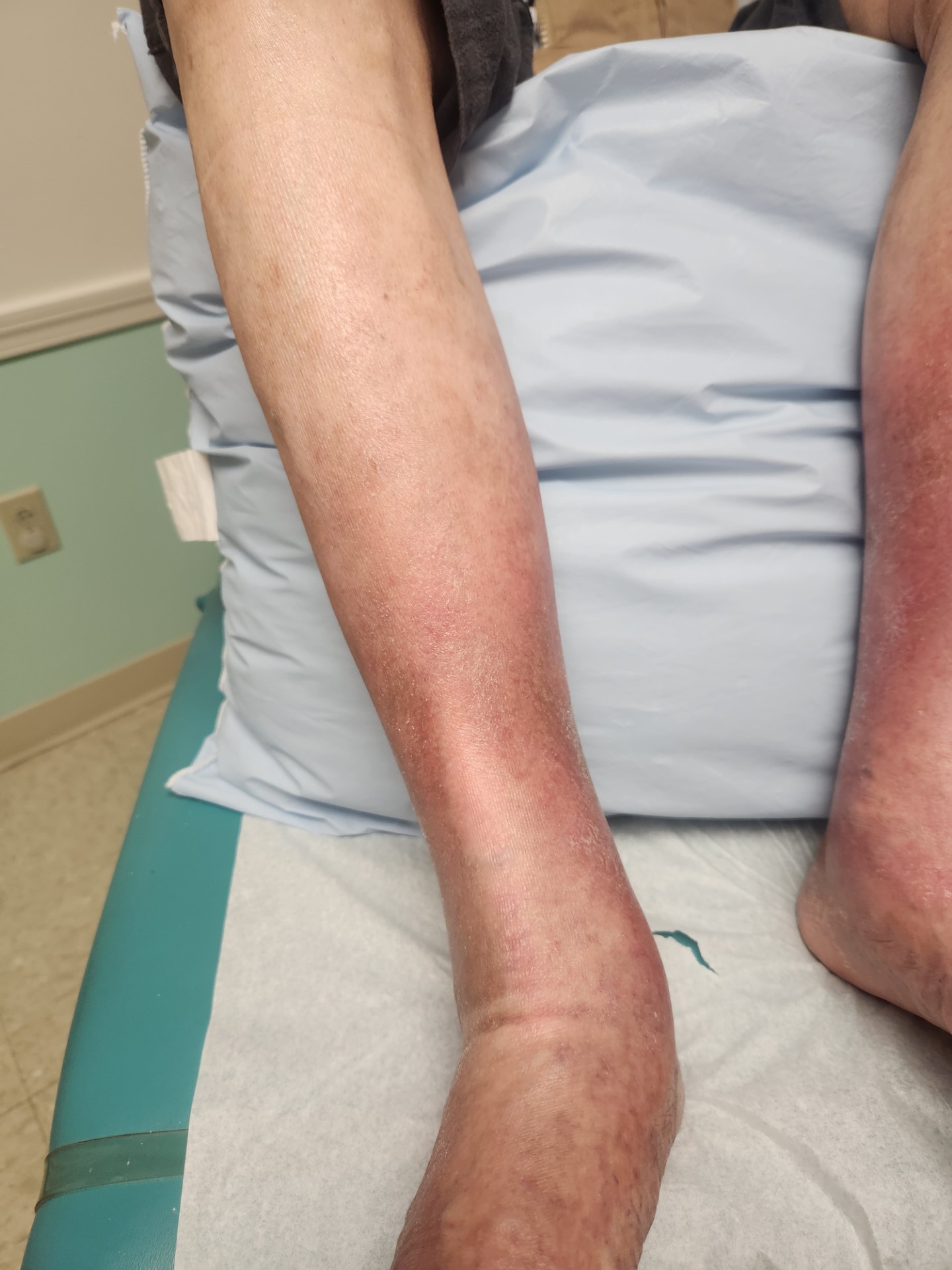
Venous Ulcers & Stasis Dermatitis After Treatment
A patient with a venous ulcer received treatment with Venefit, EVLT, and foam sclerotherapy under the care of Dr. Nightingale.
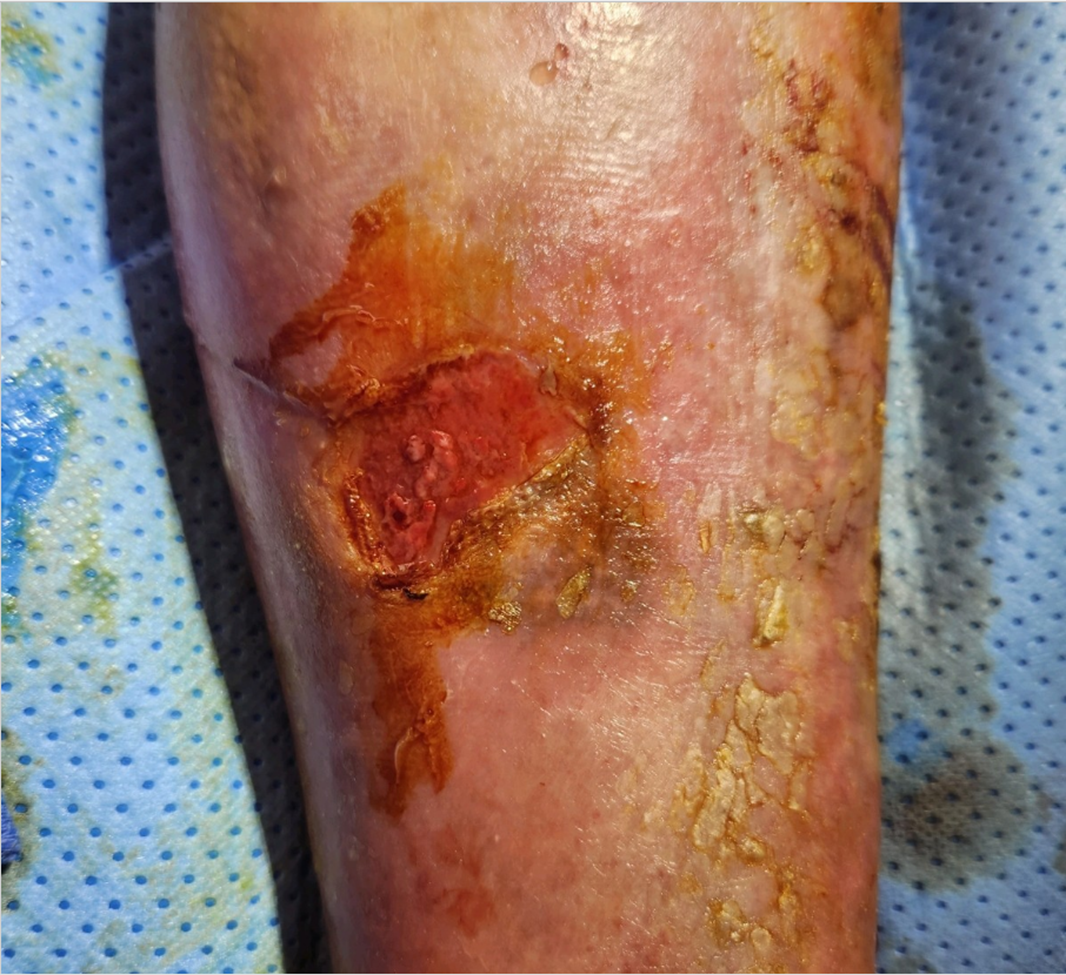
Venous Ulcer Before Treatment
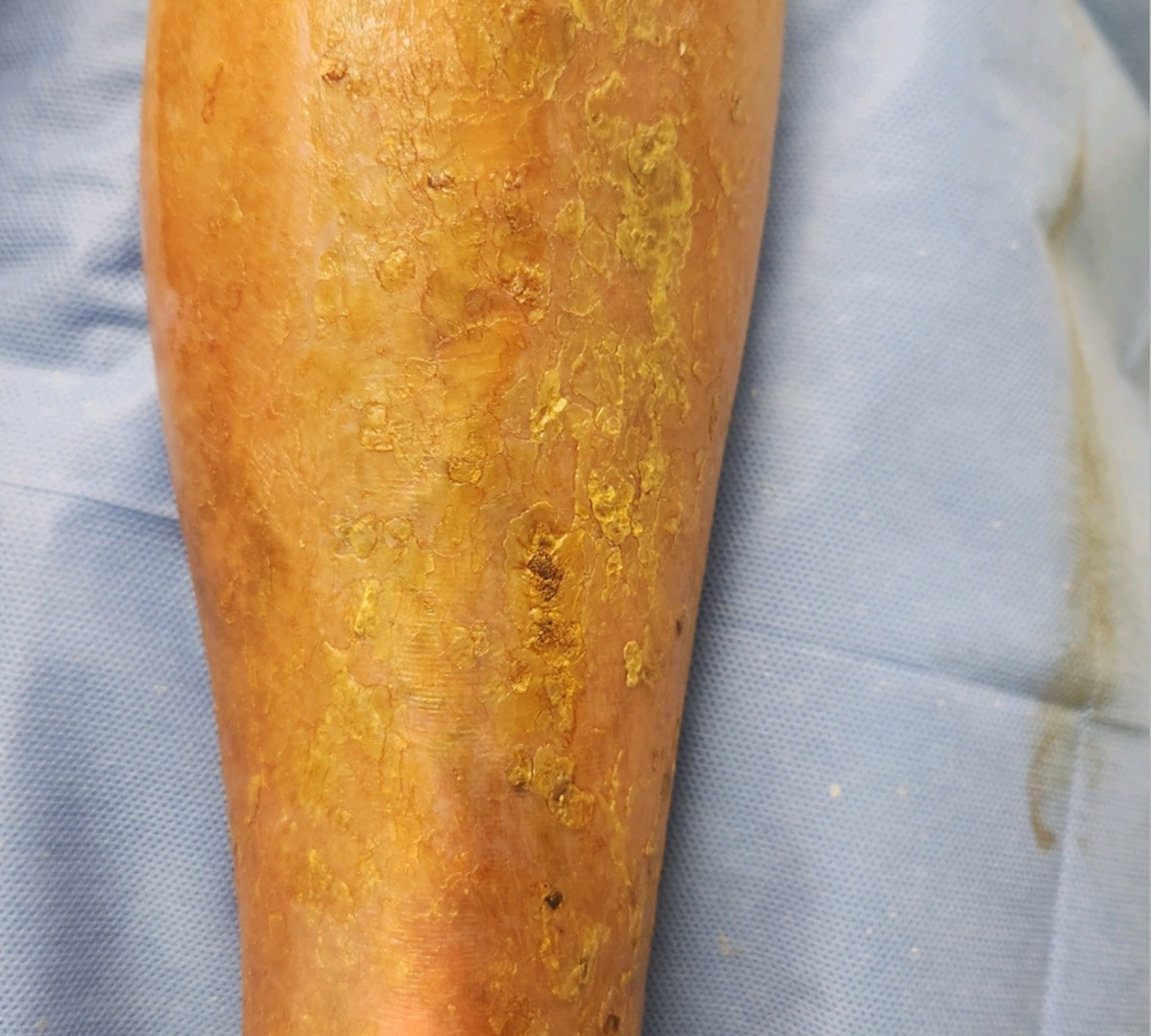
Venous Ulcer After Treatment
Chronic venous insufficiency and chronic venous dermatitis: Pre- and post-treatment results. The patient received Venefit for closure of the greater saphenous vein, EVLT of perforators, and foam sclerotherapy.
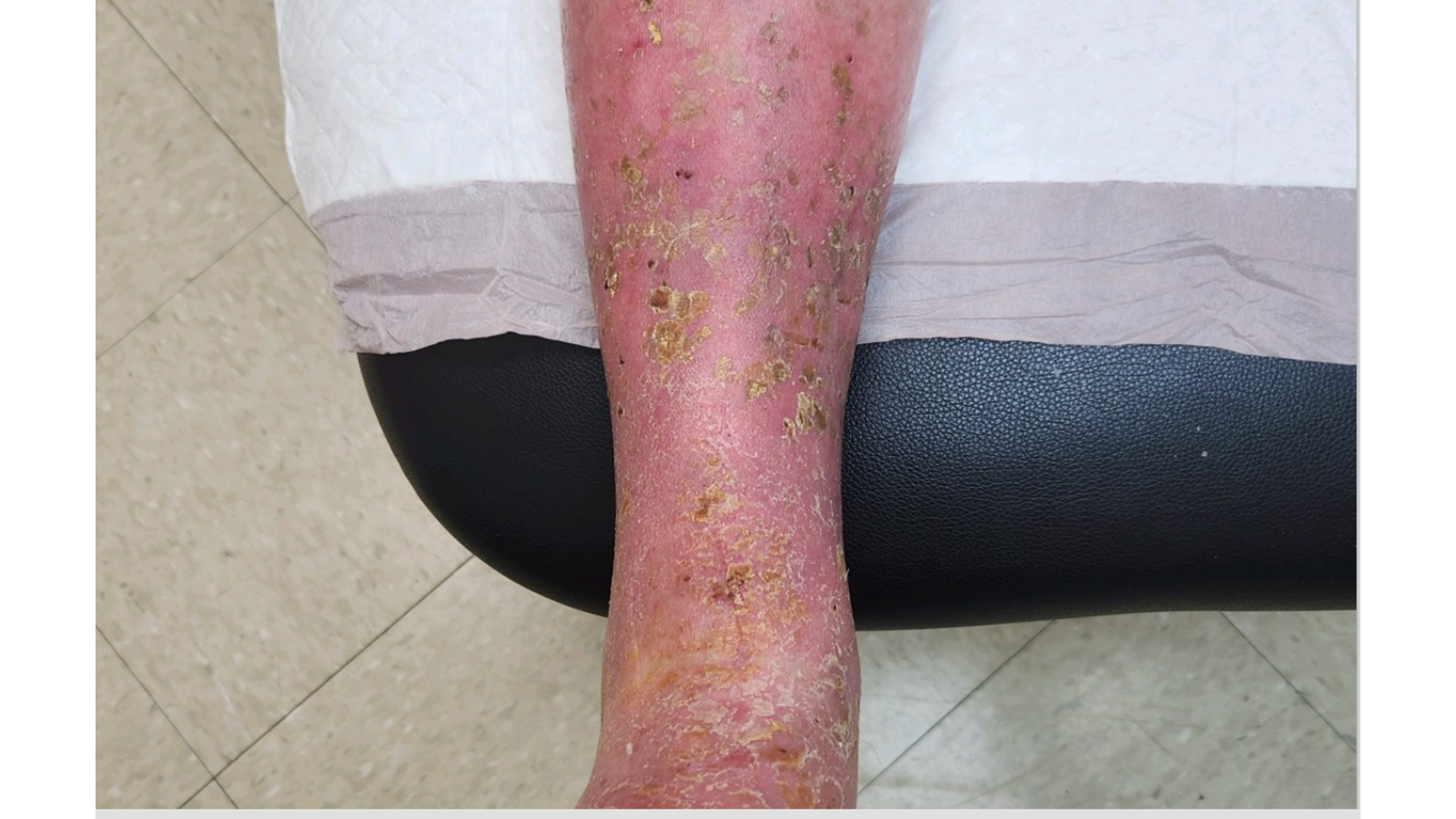
Chronic venous insufficiency and chronic venous dermatitis Before Treatment
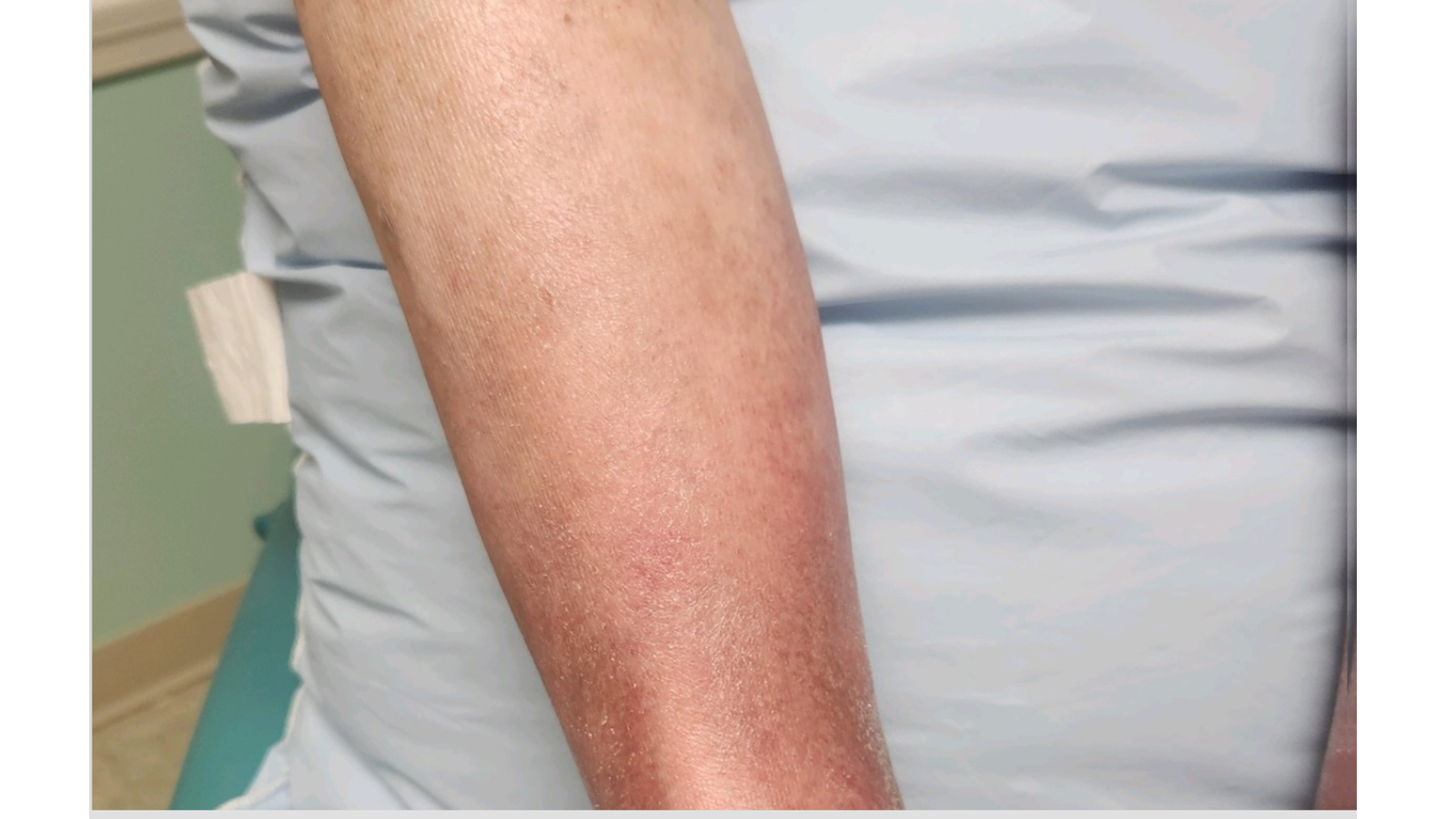
Chronic venous insufficiency and chronic venous dermatitis After Treatment
Venefit
The Venefit™ procedure is a minimally invasive treatment that uses radiofrequency (RF) energy to effectively treat patients suffering from varicose veins, venous ulcers, or Chronic Venous Insufficiency (CVI). Dr. Nightingale inserts a catheter into a diseased vein to provide consistent and uniform heat to contract the collagen in the vein walls, causing them to collapse and close. After the vein is sealed shut, blood is then naturally redirected to healthy veins.
Venefit™ is a medical procedure and is not designed to address spider veins or cosmetic issues. However, the successful treatment of Chronic Venous Insufficiency using the Venefit™ procedure can produce cosmetic improvements.
The Venefit procedure also results in little to no scarring and is generally performed using local anesthesia in Dr. Nightingale’s Maine and Vermont offices.
Number of Treatments: 1 to 4 (depending on severity)
Procedure Length: 1 to 3 Hours
Maintenance: Exercise, possibly compression stockings
Down Time: None
Discomfort: Mild discomfort for 5 to 7 days
Sclerotherapy
Sclerotherapy can be used to treat spider veins, small varicose veins, and venous ulces. Sclerotherapy works by injecting a solution into the damaged veins causing them to collapse, stick together, and eventually break down naturally in the body. Normal blood flow in the leg is thereby re-routed through deeper veins.
Number of Treatments: Patient’s choice, average reduction of 50% per treatment
Procedure Length: 15 to 45 Minutes
Maintenance: Repeat procedure every 1 to 2 years
Down Time: None
Discomfort: Mild discomfort for 1 to 2 days
Prices starting at $250.00
Trust Dr. Nightingale with all of your aesthetic dermatology needs!
Offering the most up-to-date treatments in aesthetic dermatology at competitive prices. Call us for a consultation and discover what we can do for you.

